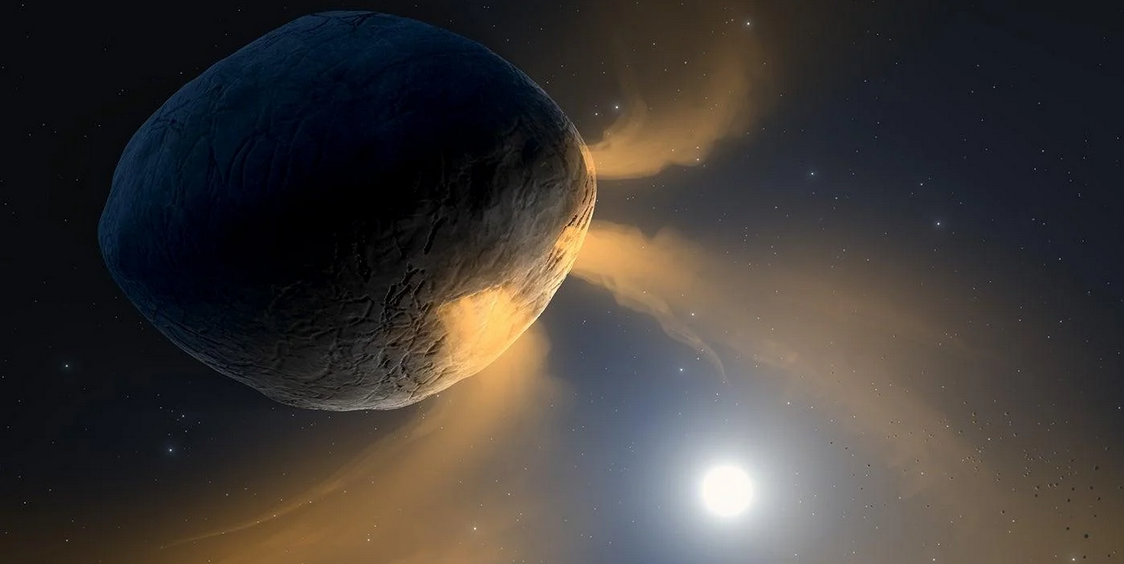A comet-like asteroid has been flaunting a tail of material as it approaches the Sun. But unlike its cometary counterparts, a fresh look at asteroid Phaethon reveals, this tail is made of sodium rather than dust, as was previously thought.
The Solar and Heliospheric Observatory (SOHO), a joint mission between NASA and the European Space Agency, recorded new observations of Phaethon as it passed near the Sun in May 2022. SOHO’s Large Angle and Spectrometric Coronagraph imaged the asteroid using different filters: one that detects dust and another that detects sodium.
What did Ancient Greece really look like? A visual tour (video)
In the recently captured images, the asteroid’s tail appears bright in the orange, sodium-sensitive filter, while not appearing in the blue, dust-detecting filter. This suggests that Phaethon’s tail is the result of the emission of sodium atoms rather than dust escaping the surface of the asteroid during its solar flyby. The findings are detailed in a paper published Tuesday in the Planetary Science Journal.
Read more: Gizmodo
Ask me anything
Explore related questions





